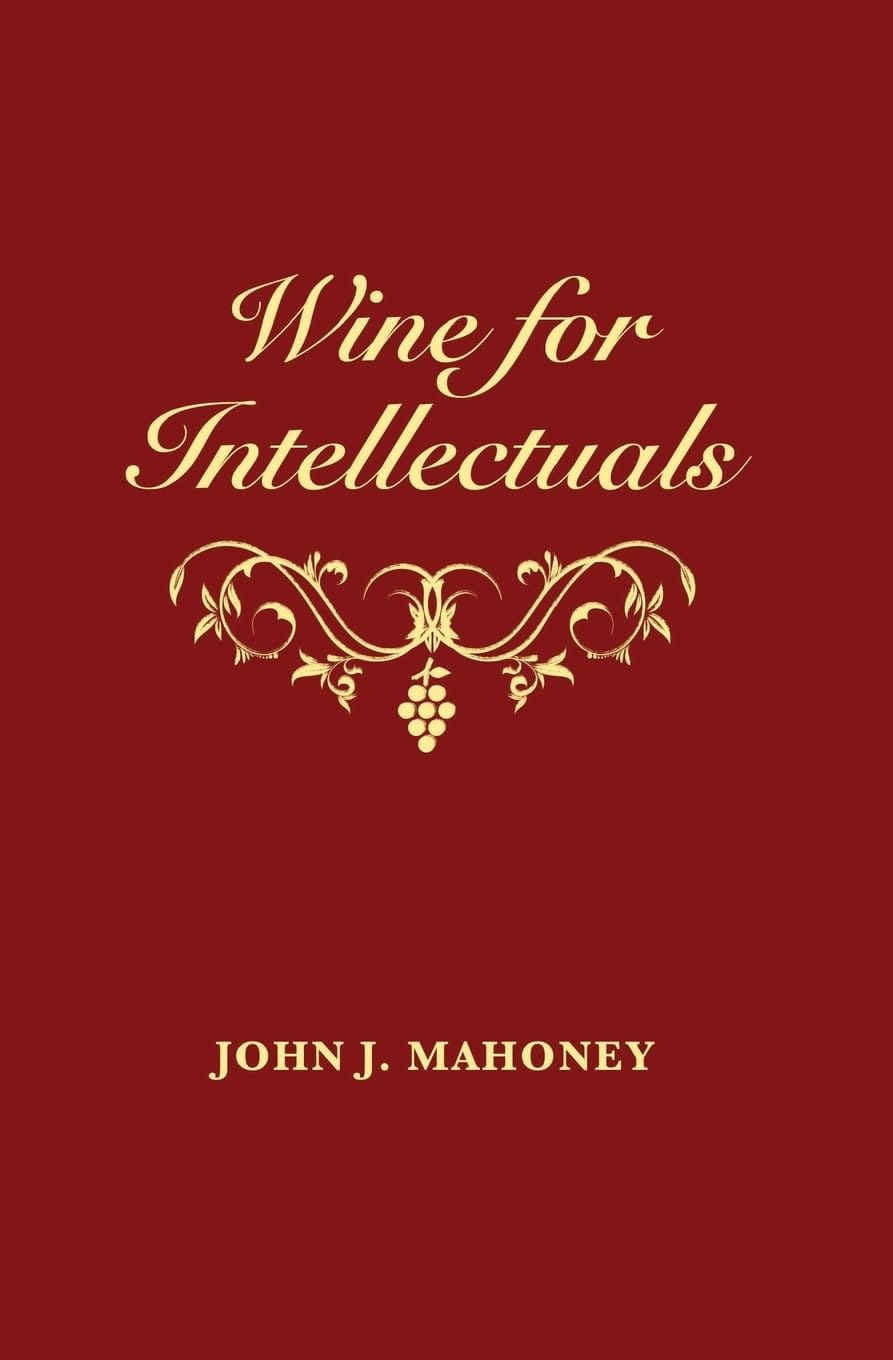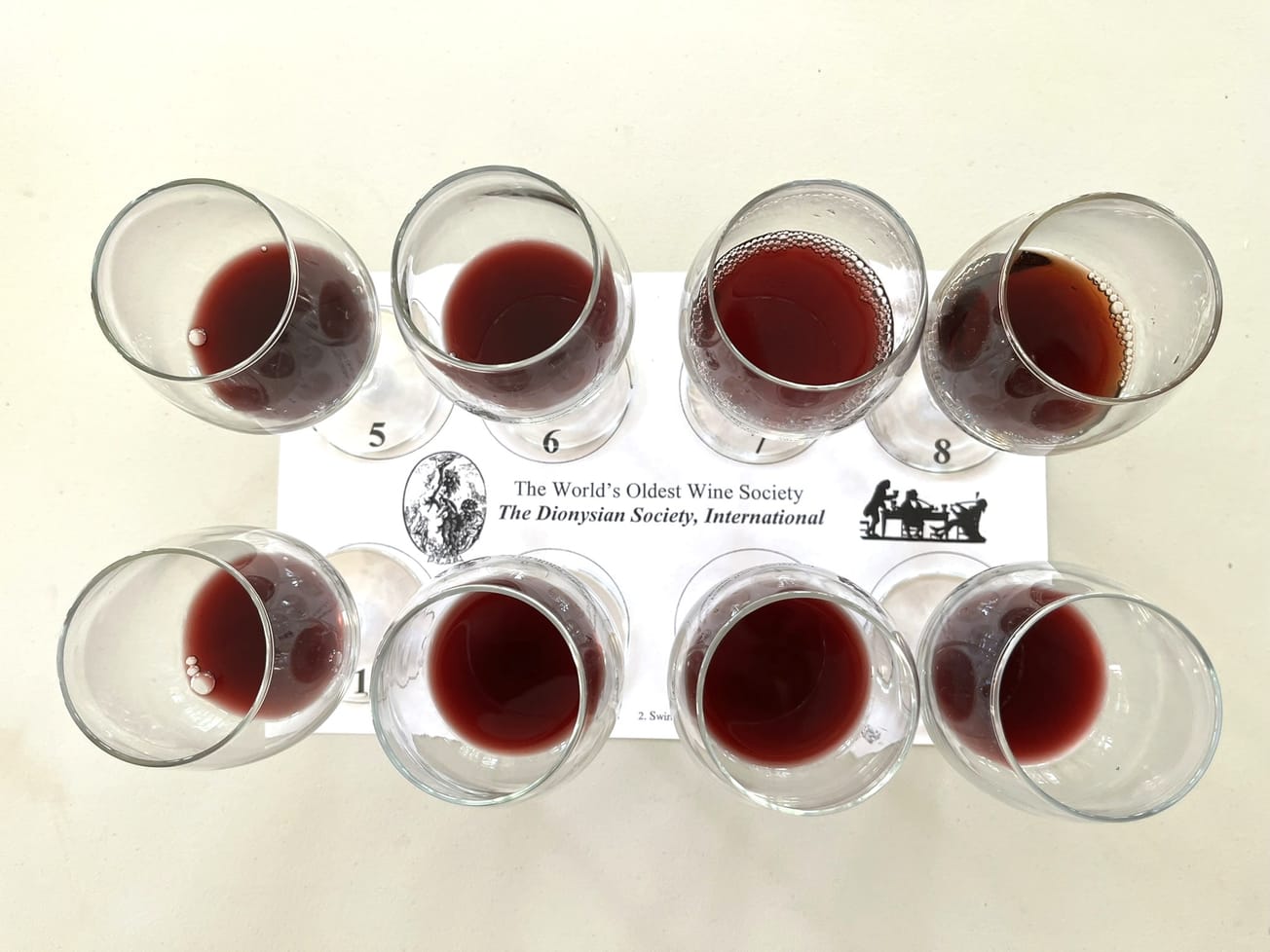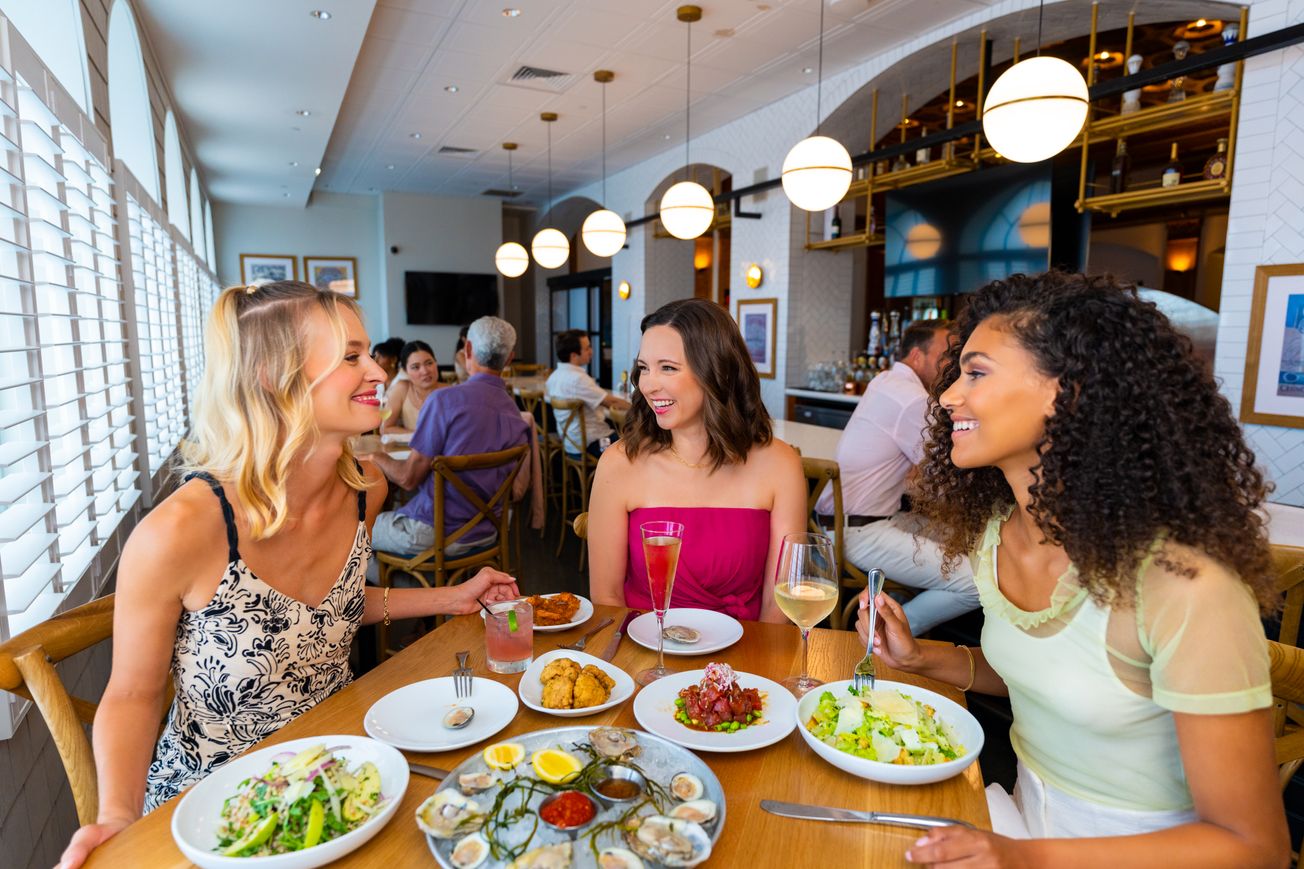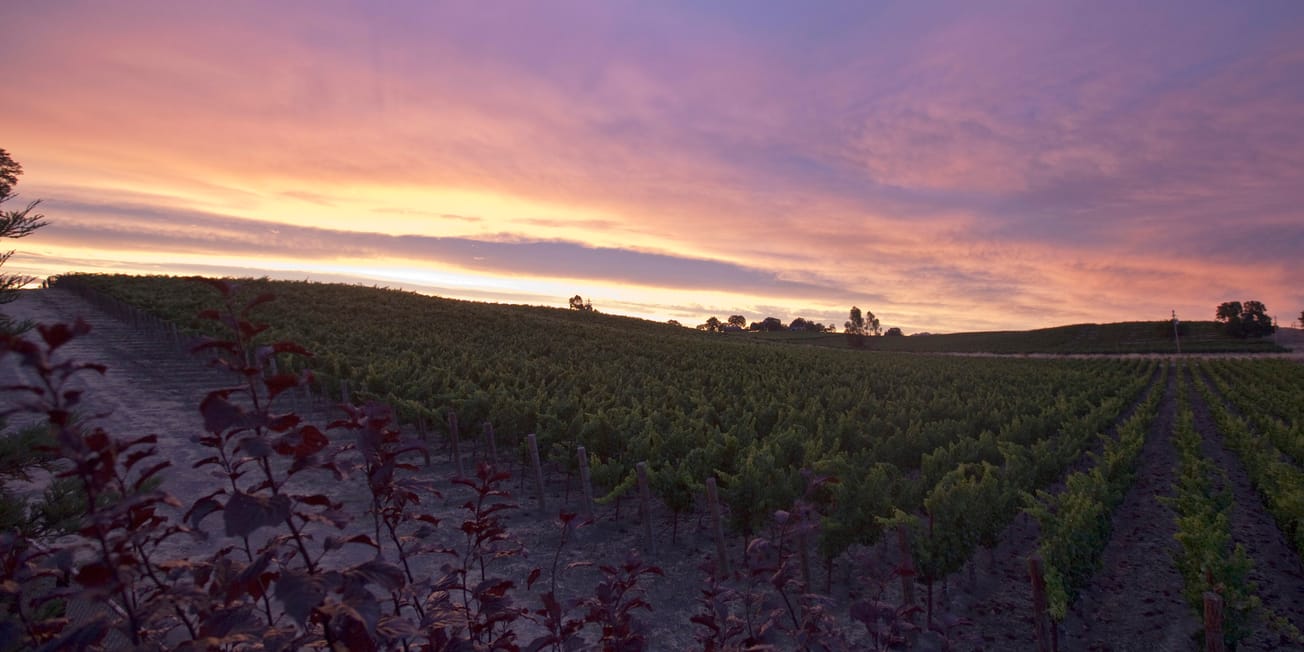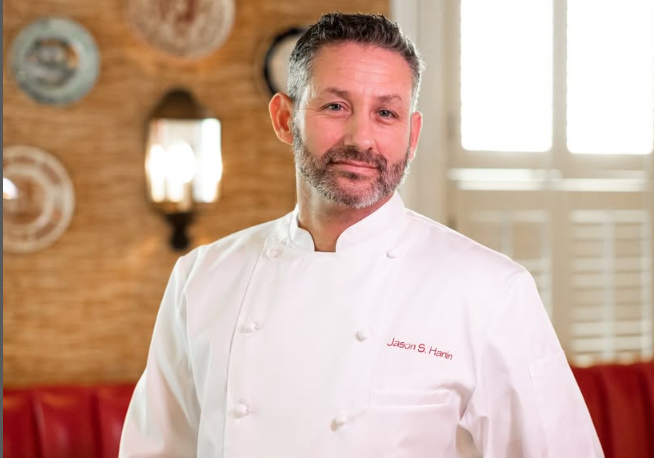Pichon Lalande from 1994 back to 1974
by John J. Mahoney
People who choose a select lifestyle usually enjoy living more than people who are born into ostentatious opulence. Learning more about things you like greatly adds to your enjoyment with those things, especially with eating and drinking well.
Wine is food. It’s the liquid part of the evening meal. Water refreshes you while the acids in the wines clear your palate so that forkful five taste just as intriguing as the first fork-full according to Benjamin Franklin and supported by Thomas Jefferson, who planted his Virginia Estate with grapevine cutting from the best French estates.
Wine then, not only enhances your meals, it enriches your lifestyle. Simply put, the more you learn about wine, the more you’ll enjoy it as you take your dining experiences to new heights. We all start out liking sweeter drinks as kids, then discover that beer goes with pizza and hard alcohol drinks also have their place in some social settings, but as we mature, we experience that certain wines are good for your health, relax you, but mostly, they marry well with food. When you eat and drink better, you live better. Your entire lifestyle improves.
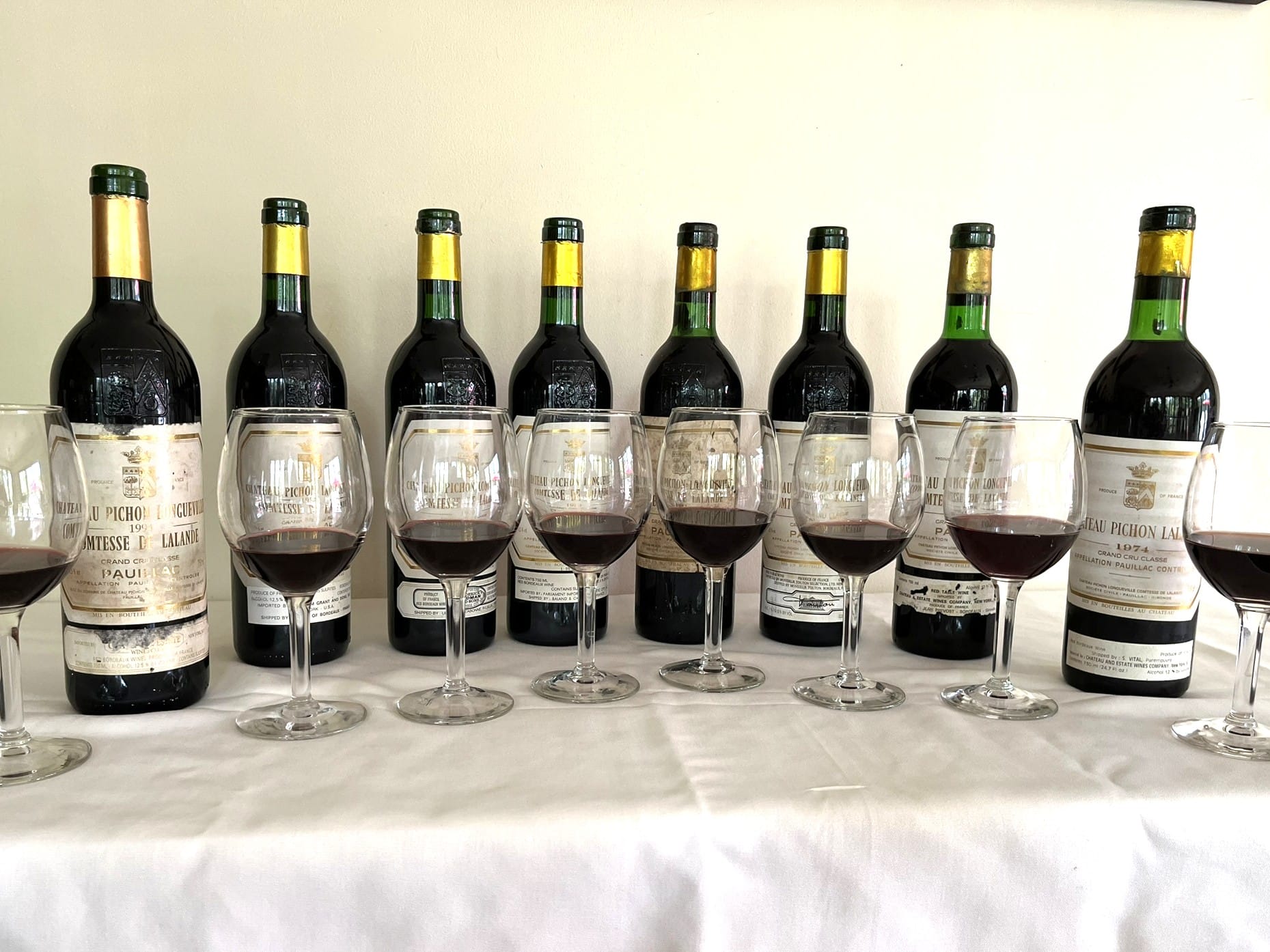
Learning about wine is easy: try different whites and reds with some friends who also want to increase their wine knowledge and enhance their lifestyles. Try wines from different countries. Do a comparative tasting. Open a Merlot for $19.99 alongside one costing $50. Doing this with friends because sharing the cost makes it easy. Five people splitting fifty bucks in only ten dollars a person. You’ll soon have a little wine-tasting club where, even if just once a month you experiment, you’ll soon be eating and drinking better.
There are two very informative types of wine tastings that instantly teach you to notice all the big as well as the subtle differences in the wines: Horizontal tastings and Vertical tastings. If you’re new to this and don’t have access to older wines, you’ll have to start with horizontal reviews. Simply get four, five or six bottles of the same type of wine, all from the same vintage, that’s the same year that they were produced. Maybe two Californian Cabernets, one New Jersey Cabernet, one from South America or Australia and one from France. Five Cabernets Sauvignons all from, say the same recent releases as 2023 or the 2022 vintage. (Cabernets are seldom released before two years of aging, so they’re already two or more years old when they arrive as your wine shop)
Then, ideally, with each person having five wine glasses in front of them, you pour and savor each glass judging which one or two you enjoy the most, maybe noting which shows off the fruitiest aromas, or which is the softest in your mouth. Finding the selections is easy; getting all the wine glasses is the hard part. You can have each person bring their own five glasses if necessary. The horizontal tasting works for from three samples of all the same type of wine and all from the same year up to a dozen different wines to compare. Over nine or ten, it gets hard to remember the differences between number two and glass number eight. After just one horizontal tasting you and your wine friends will be among the top twenty-five percent of knowledgeable wine drinkers. You can do similar tastings with dozens of different types of wine. Try this with Rose’ wines and you’ll quickly learn that Rose’ from France’s Provence region are the easiest to enjoy and that they show off everything you want in a refreshing chilled glass of Rose’. Six different Chardonnays, five Pinot Noirs, four Pino Grigios, maybe five Chiantis from different producers, four or five Malbecs; the possibilities are endless and the vintages change every year.
As you learn more about all the different flavors of the world’s wines, you’ll collect some and keep more bottles at home, resting them on their sides in any dark cool location. A cool cellar is always best, but not necessary. It’s said that once you have twelve bottles of wines on hand, you’ve become a collector. If you obtain a few of the same wines from each year, you’ll quickly have a vertical collection, a set of three, four or five bottles of the exact same wine from three, four or five different years. Then you’ll be ready to host a vertical tasting. Because I started learning about and collecting some wines many years ago, I have been able to experience many vertical tastings.
Trying the same wine from five different vintages instantly teaches you why some years show better providing a tasting of more enjoyable flavors. The weather determines the quality of each year’s harvest. As wines age, they develop additional flavors beside the basic fruit of each type of grape. The tannins bond together and drop as sediment leaving the wine softer and less astringent in your mouth. Wood and tobacco notes develop making the wine enhance some dishes even more. New wine drinkers enjoy the fruit notes most; mature wine lovers savor the additional complexities that older wines exhibit.

The fundamental purpose of this article is to report on one recent Vertical Tasting of a famous French Bordeaux, Chateau Pichon Longueville Comtesse de Lalande usually simply called Pichon Lalande. Permit me to explain a bit about Bordeaux wine and then report on the Vertical tasting of eight vintages of the exact same wine: Chateau Pichon Lalande from the thirty-one-year-old 1994 back to the oldest, this time, which was fifty-one years old, the 1974.
Bordeaux wines have been for sale since the 1600’s. Thomas Jefferson, in 1787, made his own list of the best wines of Bordeaux. Then, back in 1855, they classified the top 61 Chateaux wine producers for the Expositioin Universelle de Paris as Napoleon III wanted. They listed five levels or “Growths” as the best of all the Bordeaux wines. Wines like Margaux and Lafite were First Growths, Leoville Las Cases, Lascombes along with Pichon Baron and Pichon Lalande were listed as second best. Third growths like Cantenac Brown and Calon Segur and Fourth Growths like Talbot and Beychevelle now cost what First Growths originally charged. Wines from Sauternes and Barsac were also listed. No Bordeaux wines from the Right Bank of the river were classified at that time as they are today.
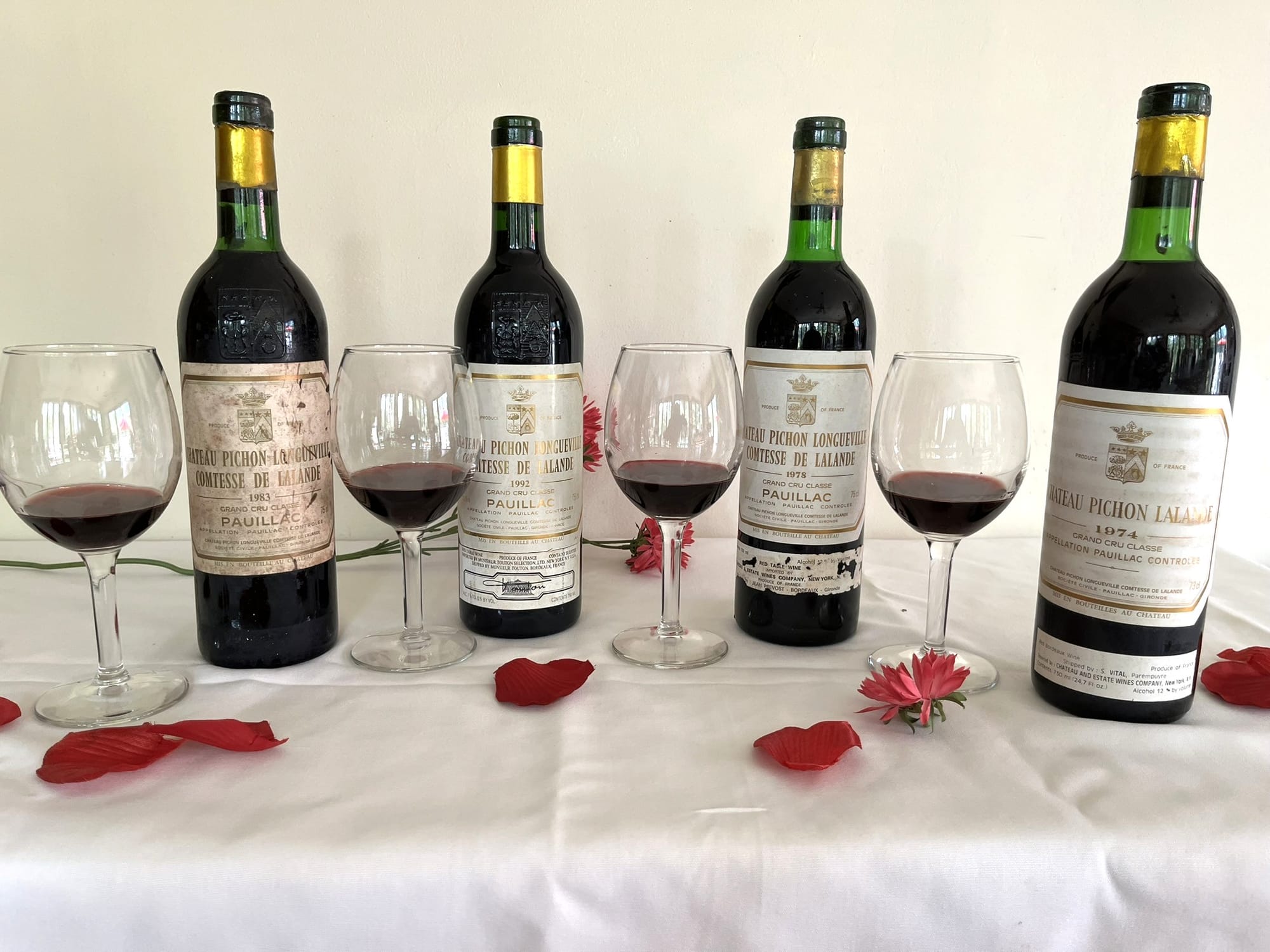
A Vertical Tasting of eight good and great years of Chateau Pichon Bordeaux wines at full maturity (most big Cabernets which Bordeaux is based on, need nine to ten years to round out and fully develop. Another reason to collect and store some wines for future drinking) can easily teach you and train you to appreciate the tertiary complexities of older wines and tasting them with a group of wine friends helps to learn what pleasures there are in mature wines.
The Vertical Tasting of Chateau Pichon Lalande
Even at a simple home meal, always drink the youngest wine back to the oldest. Older wines nearly always have to be decanted to savor clear wine from the tannic sediments that have bonded together and fallen to the bottom side of the bottle. It won’t hurt you, but it makes the wine cloudy and less enjoyable. Pull the cork, pour the wine through cheesecloth into a carafe and then pour the clear sediment-free wine into each glass. No big deal.
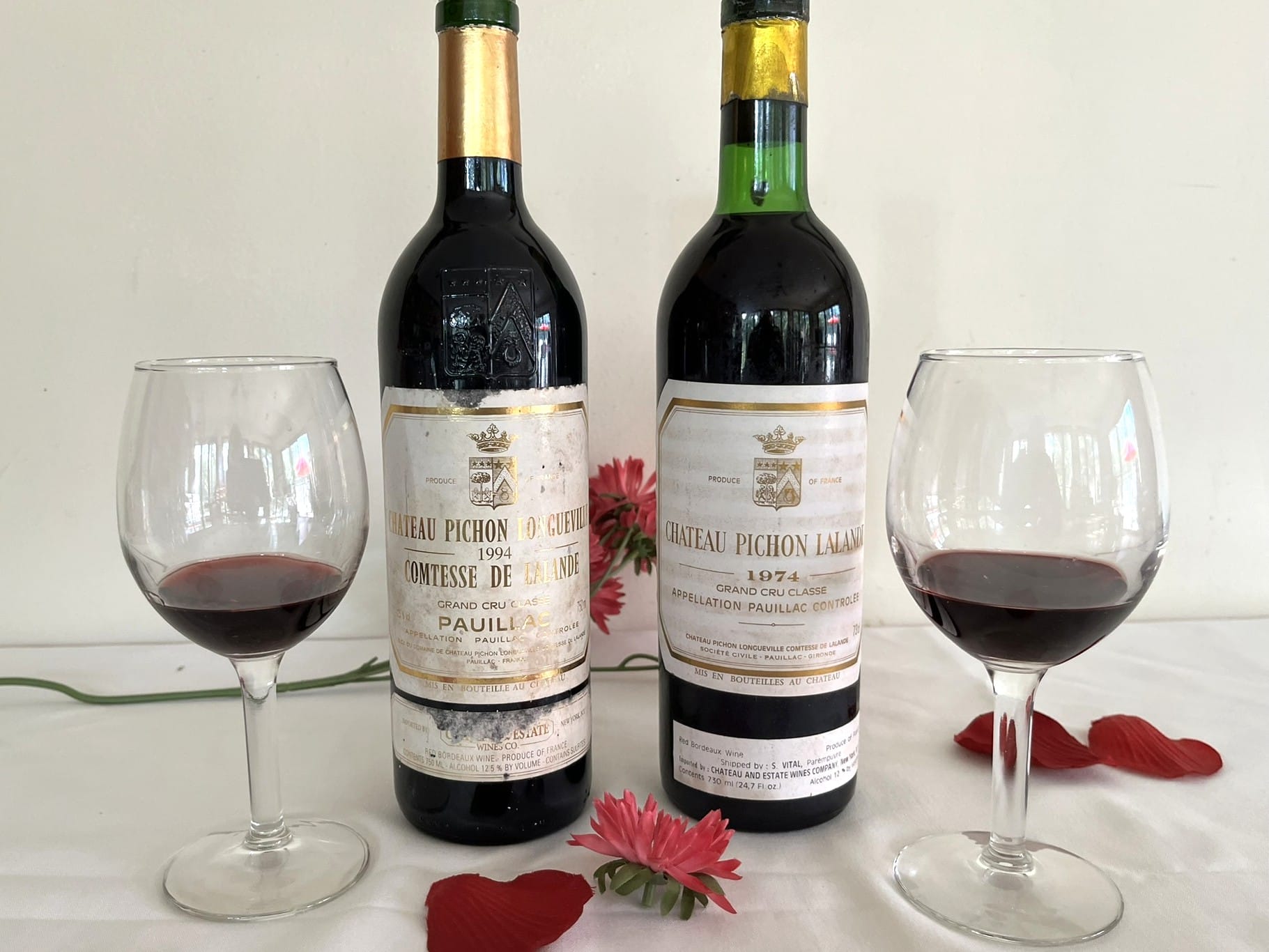
Twelve people per bottle for tastings is perfect; each gets two ounces which is good for a few small sips and more than enough to take-in the aromas. Youngest to oldest. Pour them in the same order because very old wines can break down quickly sometimes. We started with the 1994 which cost about fifty dollars on its release but now goes for $180. It was the youngest at a perfectly mature thirty-one years old. 1994’s crop was good, not exceptional: 25 to 30-year-old Bordeaux wines develop tobacco and smoke notes, but it still showed-off some black fruit notes. The 1993 was a better growing year, produced longer-lived wines with good acids and softer tannins. The 1992 was quite similar to the 1994 but had a bit more color. Remember that white wines turn darker brown as they age and red wines fade from purple to garnet, then ruby, and with more time, lighter with an amber edge, then a golden brownish color when well over 50.
The 1990 was the star of the first flight. It cost $55 on release and now goes for just over $250 a bottle. At 35 years- old, it was near perfection but had lingering deeper color, very little brownish edge and still projected cassis and black cherry hints through a pleasant pipe tobacco, cedar shavings and scents of a moist forest floor. Wish I’d bought two cases. The 1989 treated us to a very similar experience. Back-to-back peaks of pleasure through your nose and in your mouth.
The 1983, wine number six, was 42 years old and while still exceptional, it seemed to be at its peak. When a wine reached its peak of mature perfection, it will hold those characteristics for another five years before declining. So, learning what wines taste like at their peak demands some extra effort and good wine friends to share experienced opinions. Then onto the 1978 Pichon Lalande, a perfect growing year and fully mature grapes produced a blockbuster. They were so good at five to ten years old that we drank nearly all of them way too early. Its price tag said $32.99 and now sells at wine auctions for at least $560.
The final Lalande was from my son’s birth year. The 1974 was just an average vintage, but it’s been on its side in a dark cool cellar and never touched. Its brothers were savored on my son’s birthdays every few years starting when he was in college. What did we all learn? Cellar some wines. Get three of each; one to try early on at six or seven years, and a second for ten to fifteen years at a good BYOB or at home with friends. Save the third bottle as part of your future Vertical Tasting after you’ve collected five or six years of the exact same wine. In Vino Veritas.
Author’s mini bio
Atlantic County resident, John J. Mahoney has written over a million words on wine for many national magazines and newspapers. A former Literature professor, he’s published 11 books including Every Bottle Tell a Story, a short-story collection with wine as a character in each story, Wine for Intellectuals, which covers every facet of wine tasting and makes you a wine intellectual, and Wine: The Source of Civilization: all available on Amazon.

